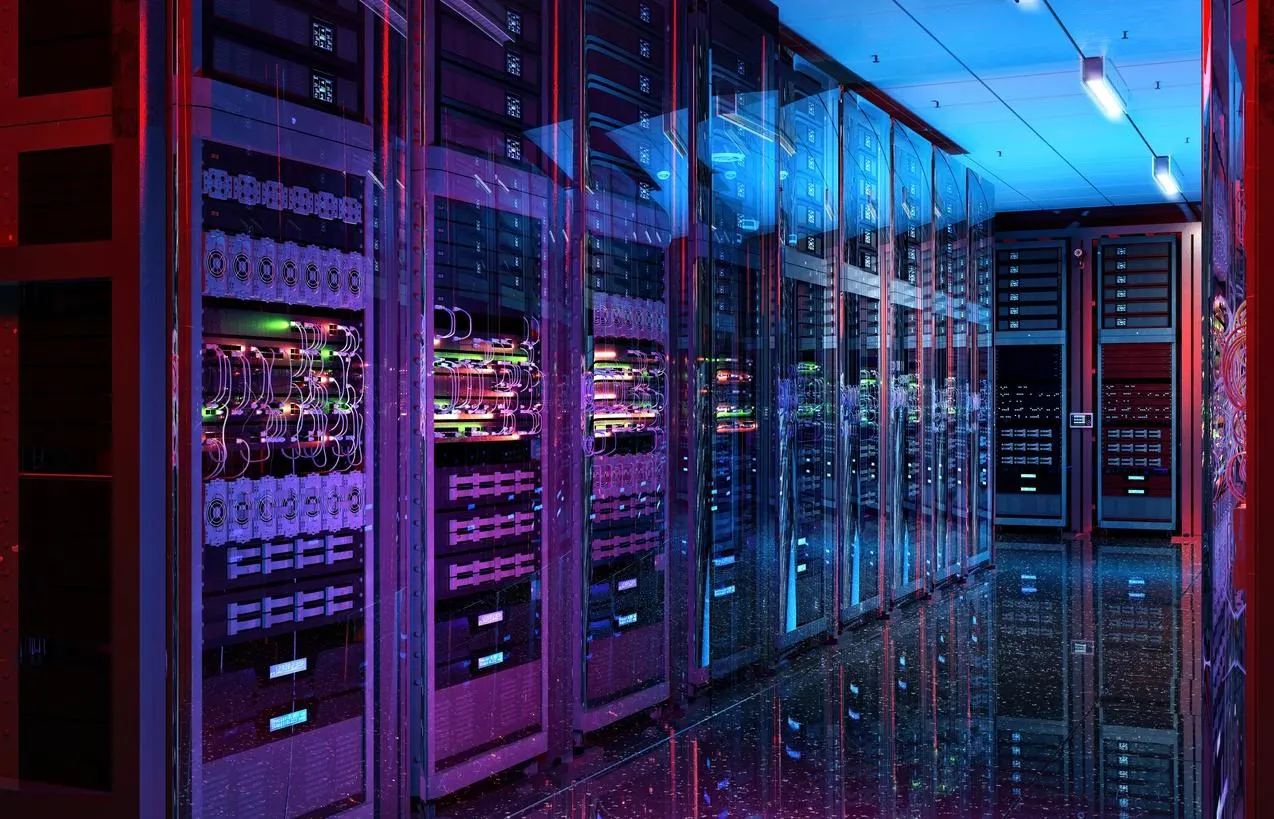Copyright Forbes

Anthropic’s plan to invest $50 billion in new U.S. data centers underscores both the scale and urgency of artificial intelligence. Reuters first reported the investment, which positions Anthropic among the largest builders of AI infrastructure to date. The announcement also signals a broader challenge for executives: leading responsibly amid surging worldwide demand for data capacity. Across North America and Europe, the rapid construction of hyperscale data centers is reshaping local economies and ecosystems. Researchers from the MIT Energy Initiative found that electricity consumption from North American facilities nearly doubled between 2022 and 2023, a sharp rise tied to AI workloads. The Environmental and Energy Study Institute estimates that a single large data center can consume up to five million gallons of water per day, roughly the daily use of a small town. How leaders manage these trade-offs, balancing community impact, resource stewardship, and operational scale, now determines whether AI growth becomes a shared success or a source of resistance. When Leadership Becomes the Regulator With few regulatory guardrails, leadership decisions now define the standard. Choices about site selection, power sourcing, and community engagement shape whether new projects strengthen or strain the regions that host them. Executives are being evaluated not only by the capacity delivered but also by how effectively they align innovation with public trust. Turning Constraints Into Innovation A World Economic Forum analysis highlights how European leaders are turning environmental limits into innovation. In Sweden, the Stockholm Data Parks program captures waste heat from local data centers to warm nearby homes, pursuing an industry goal of “no heat wasted.” In Finland, Microsoft is building what it calls the world’s largest heat-recycling project, expected to provide energy for more than 250,000 residents across three cities. In Ireland, waste heat from an Amazon data center now warms schools and public buildings, avoiding more than 1,000 tons of CO₂ emissions each year. The MIT Energy Initiative has also documented how major technology firms, including Google, Microsoft, and Amazon, are redesigning their energy strategies. Each is investing in small modular reactors, renewable microgrids, and long-term nuclear partnerships to meet AI’s growing energy demands while advancing sustainability goals. MORE FOR YOU These choices reflect a defining difference in leadership mindset. Some organizations aim only to meet compliance standards. Others use those same constraints as catalysts for innovation, creating net gains for both communities and the environment. The irony is that this proactive approach often clears the path for future growth. When companies design for visible local benefit, they build the trust that leads to more approvals, not fewer. By contrast, organizations that expand without systems thinking face escalating resistance, as recent examples in the United States make clear. When Leadership Falls Short In Tucson, Arizona, Associated Press reporting shows that a proposed AI data center faced community backlash over projected groundwater draw, prompting local officials to tighten restrictions on industrial water use. An analysis by Inside Climate News found that approximately $64 billion in U.S. data center projects have been delayed or canceled amid growing opposition over land, noise, and environmental impact. In Ireland, Associated Press coverage noted that the sector’s electricity use reached 21% of national output in 2023, with no other country reporting a higher burden to the International Energy Agency, forcing regulators to pause new approvals. These cases illustrate the cost of reactive leadership. When companies fail to anticipate local impact, they invite resistance that slows progress. Permits are revoked, community trust erodes, and reputational damage follows. The absence of early collaboration becomes not only a public relations problem but a strategic one. Raising the Bar for Leadership Anthropic’s expansion highlights both the opportunity and the responsibility that define leadership in the age of AI. Building at this scale requires operational precision and social foresight. The most effective leaders treat environmental and community considerations as design inputs, not afterthoughts. Everyone in this race is looking for gains. Here lies the opportunity to create massive, lasting advantage through innovation and leadership. Those who lead to meet the minimum will reach only the minimum. But leaders who raise their sights, treating environmental limits as design challenges and innovation levers, will be rewarded with exponential, stair-step growth that competitors focused solely on compliance will struggle to match. The organizations that turn responsibility into advantage will not only outpace their peers but set new expectations for what sustainable growth can achieve. Leadership, not regulation, will determine whether the infrastructure powering the age of AI becomes a strain on society or a model for shared progress.



